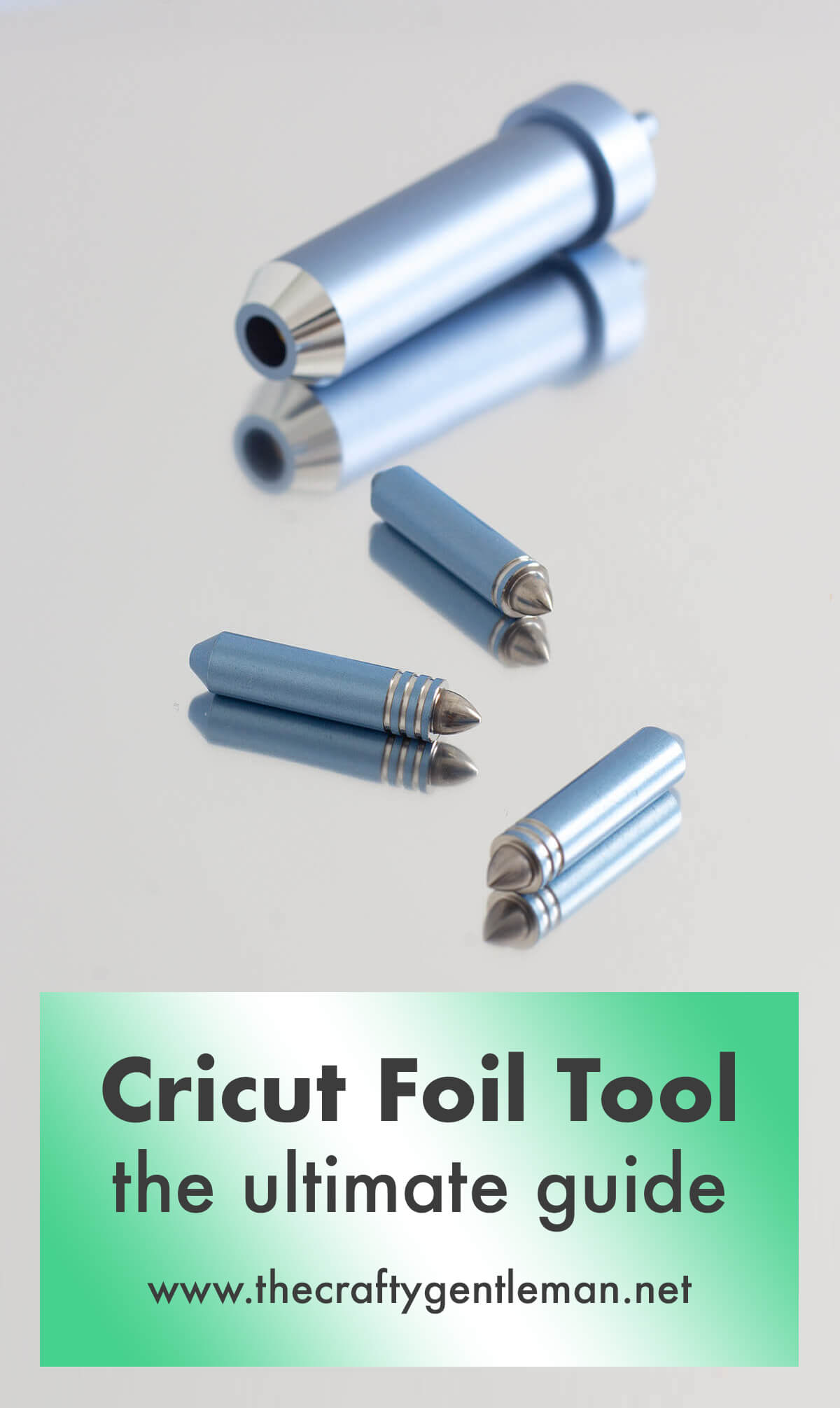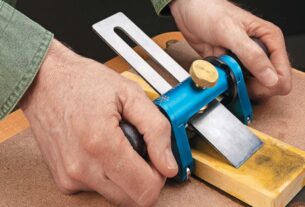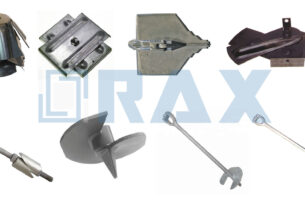If you’re a DIY enthusiast or a professional metalworker, you’ve probably come across the term “tooling foil.” This material is an essential tool for anyone who works with metals and needs precision and flexibility in their projects. In this article, we’ll explore what tooling foil is, its various types, how to use it effectively, and its benefits.
What is Tooling Foil?
Tooling foil, also known as aluminum foil or metal sheeting, is a thin sheet of metal that’s used for various applications. It’s a versatile material that can be used for embossing, stamping, engraving, etching, forming, and shaping different types of metals. Tooling foil comes in different thicknesses and sizes and can be easily cut using shears or scissors.
Types of Tooling Foil
There are different types of tooling foil available in the market, including copper foil, brass foil, aluminum foil, and stainless steel foil. Each type has unique properties that make it suitable for specific applications.
Copper Foil
Copper tooling foil is popular among artisans because it’s easy to work with. It’s soft and malleable and can be easily shaped into intricate designs. Copper tooling foil is also durable and long-lasting, making it ideal for jewelry making, sculpture designing, and other artistic endeavors.
Brass Foil
Brass tooling foil is another popular material among artists and craftsmen. It has a golden color that gives it an aesthetic appeal when used in decorative pieces. Brass tooling foil is also strong and durable and can withstand high temperatures without warping or losing its shape.
Aluminum Foil
Aluminum tooling foil is one of the most commonly used materials in metalworking. It’s lightweight but sturdy and can be easily manipulated into different shapes and designs. Aluminum tooling foil is also resistant to corrosion, making it ideal for outdoor applications such as signage and nameplates.
Stainless Steel Foil
Stainless steel tooling foil is the strongest and most durable material among the four types. It’s suitable for heavy-duty applications that require strength and durability, such as automotive parts, industrial machinery, and kitchenware.
How to Use Tooling Foil Effectively
Using tooling foil effectively requires proper handling and application techniques. Here are some tips on how to use it:
1. Cut the foil into the desired shape using shears or scissors.
2. Use a stylus or a ballpoint pen to draw designs on the foil.
3. Emboss or stamp the design onto the foil using an embossing tool or stamp.
4. Apply heat to the foil using a heat gun or a torch to soften it for shaping.
5. Shape the foil into the desired form using pliers or other shaping tools.
6. Clean and polish the finished product with metal polish.
Benefits of Using Tooling Foil
Tooling foil has several benefits that make it a popular choice among metalworkers and artists:
1. Flexibility: Tooling foil is flexible, which makes it easy to shape and manipulate into different forms.
2. Durability: Tooling foil is strong and durable, which makes it ideal for heavy-duty applications.
3. Lightweight: Aluminum and copper tooling foils are lightweight, which makes them easy to handle and carry around.
4. Aesthetic appeal: Brass and copper tooling foils have an aesthetic appeal that adds value to decorative pieces.
Conclusion
Tooling foil is a versatile material that’s essential for anyone who works with metals. Whether you’re a DIY enthusiast or a professional metalworker, understanding its types, uses, and benefits can help you create precision-driven projects with ease. With proper handling techniques, tooling foil can be cut, embossed, stamped, shaped, and polished into beautiful pieces that showcase your creativity and expertise.
References:
1. “Tooling Foil.” Wikipedia, Wikimedia Foundation, 28 June 2021, en.wikipedia.org/wiki/Tooling_foil.
2. “The Benefits of Using Tooling Foils for Metalworking Projects.” All Foils, Inc., 4 Apr. 2018, allfoils.com/the-benefits-of-using-tooling-foils-for-metalworking-projects/.
3. “Copper Tooling Foil.” Blick Art Materials, dickblick.com/products/amaco-copper-tooling-foil/.




